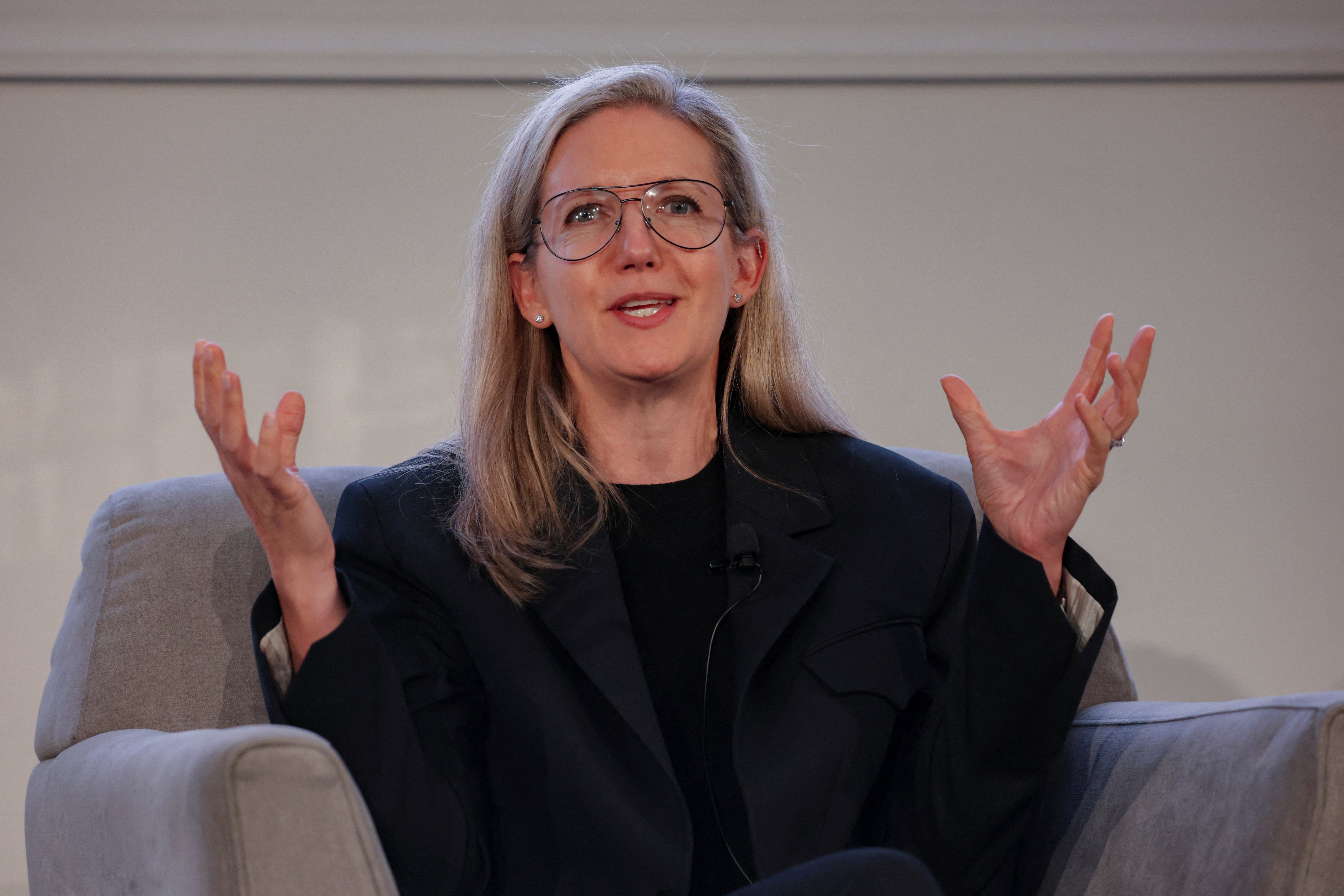Cracker Barrel shareholders have voted to retain CEO Julie Felss Masino, despite a controversial logo redesign in August that impacted sales and ultimately led to the chain swiftly reversing course.
Director Gilbert Davila resigned after failing to secure re-election.
Davila, who joined the board in 2020, also serves as president and CEO of DMI Consulting, a multicultural marketing firm, and was responsible for reviewing Cracker Barrel’s advertising. His re-election was opposed by influential shareholder advisory firms, Institutional Shareholder Services and Glass Lewis.

The vote followed a concerted campaign by activist investor Sardar Biglari, who had pushed for the removal of both Masino and Davila. Biglari, chairman and CEO of Biglari Holdings Inc., which owns Steak ‘n Shake, holds a 3% stake in Cracker Barrel. He stated in a letter to investors earlier this month: "Our campaign is about saving Cracker Barrel from a board and management team that are out of touch with Cracker Barrel’s customer base."
Masino, a former executive at Taco Bell and Starbucks, was appointed CEO in July 2023 with a mandate to innovate and attract new customers to the chain’s 660 restaurants across 43 states. Her initiatives included introducing updated menu items, such as Hashbrown Casserole Shepherd’s Pie, to boost dinner traffic, and remodelling the company’s traditionally antique-filled restaurants with lighter walls and more comfortable seating.
However, her decision in August to simplify the chain’s logo sparked widespread backlash. Loyal customers expressed dismay that the new design omitted Cracker Barrel’s long-standing mascot – an overall-clad man leaning on a barrel – and the words "Old Country Store." The restaurant redesigns also met with significant resistance.
Cracker Barrel reinstated its original logo within a week and suspended restaurant remodelling in early September. Despite these retractions, the controversy is projected to have a lasting impact on sales. The company forecast a 7 to 8% decline in store traffic for its fiscal first quarter, with a potential 4 to 7% drop for the full fiscal year 2026, which commenced on August 2.







